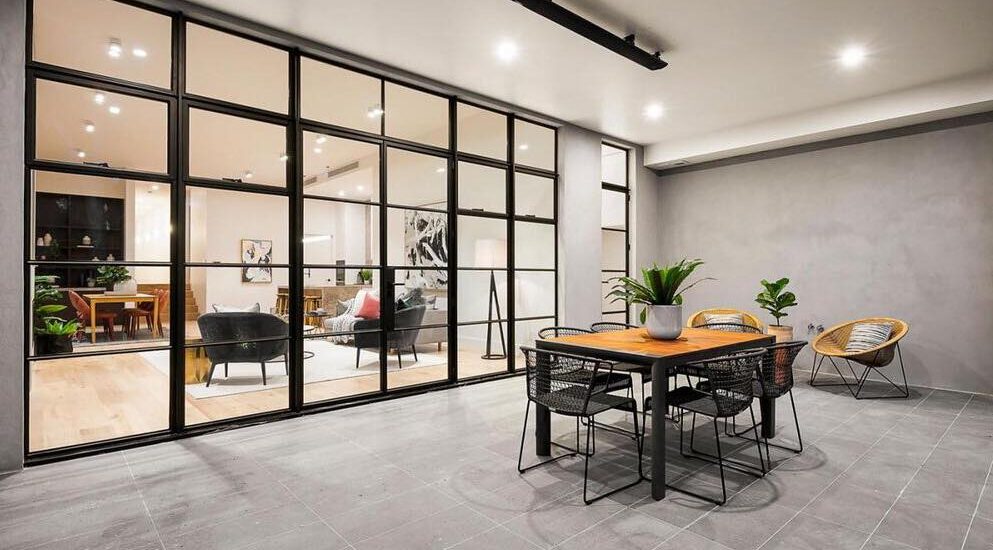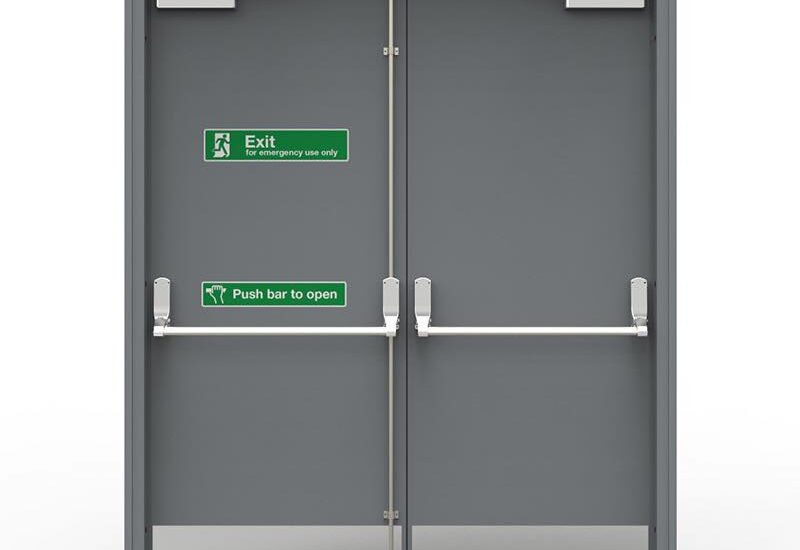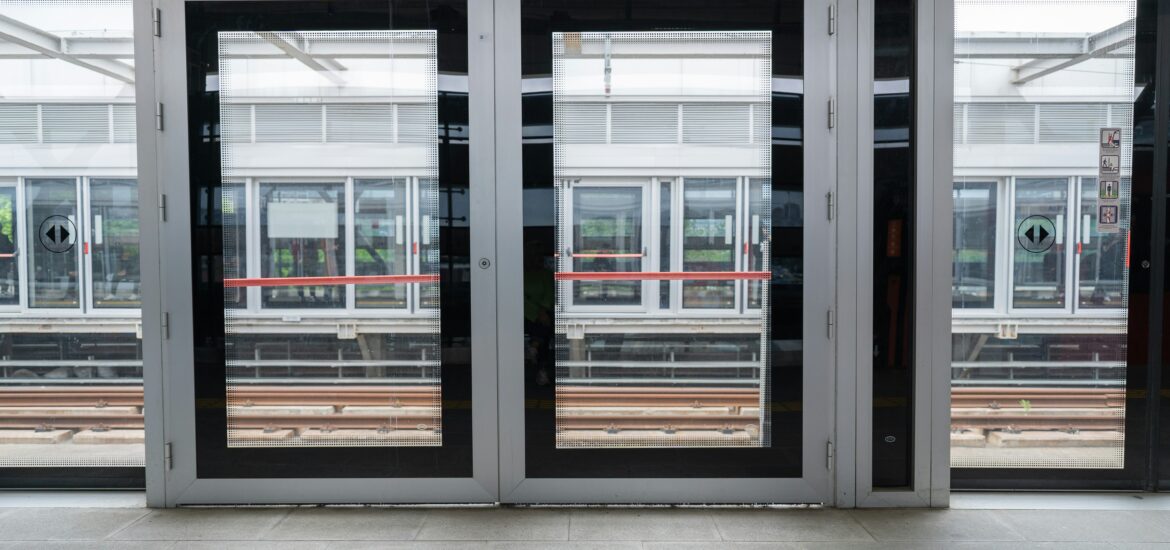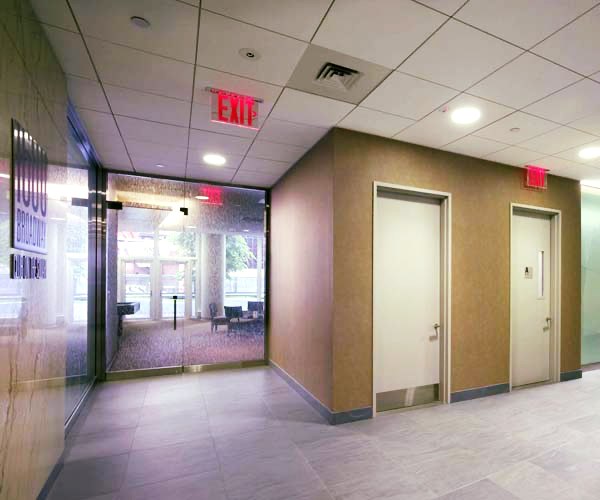Steel doors have long been celebrated for their strength, durability, and aesthetic appeal, making them a top choice for homes, offices, and commercial spaces. In Butetown, Cardiff, AllSecureDoors Ltd is a trusted name when it comes to premium steel door solutions. Whether you’re looking to enhance your property’s security, improve energy efficiency, or achieve a sleek, modern look, AllSecureDoors Ltd offers a wide range of steel doors designed to meet your needs.
This explores the benefits of steel doors, the expertise of AllSecureDoors Ltd, and why they are the go-to provider for steel door solutions in Butetown, Cardiff.
The Growing Popularity of Steel Doors
Steel doors have become increasingly popular in urban areas like Butetown, Cardiff due to their ability to combine functionality and style. Homeowners and businesses alike are opting for steel doors for various reasons:
Unmatched Strength: Steel doors provide robust protection against break-ins and harsh weather conditions.
Longevity: Unlike wood or plastic, steel doors resist warping, cracking, and rotting, ensuring a long service life.
Aesthetic Versatility: Steel doors come in a variety of designs and finishes to suit any architectural style.
Energy Efficiency: With excellent insulation properties, steel doors help maintain indoor temperature, reducing energy bills.
Low Maintenance: Steel doors require minimal upkeep, making them a hassle-free choice.
About AllSecureDoors Ltd
AllSecureDoors Ltd is a trusted provider of high-quality steel doors in Butetown, Cardiff, known for their exceptional craftsmanship and customer-centric approach. They specialize in delivering doors that combine security, durability, and style, ensuring every customer finds the perfect solution for their property.
With years of experience in the industry, AllSecureDoors Ltd has built a strong reputation for offering premium products, competitive prices, and reliable installation services. Their range of steel doors is designed to meet diverse needs, from residential properties to commercial spaces.
Why Choose Steel Doors from AllSecureDoors Ltd?
AllSecureDoors Ltd stands out as a top choice for steel doors in Butetown, Cardiff. Here’s why:
1. Wide Range of Designs
Whether you’re looking for minimalist, contemporary designs or traditional, ornate patterns, AllSecureDoors Ltd offers an extensive selection of steel doors. Customers can choose from a variety of finishes, colors, and sizes to match their unique style and requirements.
2. Superior Security
Security is a top priority for homeowners and businesses. AllSecureDoors Ltd provides steel doors equipped with advanced locking mechanisms and reinforced structures, offering unparalleled protection against potential threats.
3. Customization Options
AllSecureDoors Ltd understands that every property is unique. They offer tailored solutions, allowing customers to customize door designs, sizes, and finishes to perfectly fit their space.
4. Professional Installation
Proper installation is key to ensuring the performance and longevity of steel doors. AllSecureDoors Ltd’s team of skilled technicians ensures seamless installation, adhering to the highest industry standards.
5. Competitive Pricing
Despite offering top-tier products, AllSecureDoors Ltd remains committed to providing affordable solutions, ensuring customers get the best value for their investment.
6. Exceptional Customer Service
From initial consultation to after-sales support, AllSecureDoors Ltd prioritizes customer satisfaction. Their knowledgeable team is always ready to assist, ensuring a smooth and enjoyable experience.
Types of Steel Doors Offered by AllSecureDoors Ltd
1. Residential Steel Doors
Perfect for homes in Butetown, Cardiff, these doors combine style and security, offering options like flush designs, paneled doors, and decorative glass inserts.
2. Commercial Steel Doors
Ideal for businesses, these doors are designed for high traffic and enhanced durability. They’re perfect for offices, warehouses, and retail spaces.
3. Fire-Rated Steel Doors
For added safety, AllSecureDoors Ltd provides fire-rated steel doors that can withstand high temperatures, offering peace of mind in case of emergencies.
4. Security Steel Doors
These doors are reinforced with advanced locking systems, making them a top choice for properties requiring maximum security.
5. Energy-Efficient Steel Doors
Featuring insulated cores, these doors help maintain indoor temperatures, reducing energy costs while providing excellent soundproofing.
Advantages of Steel Doors for Butetown, Cardiff Properties
1. Enhanced Security
Steel doors are resistant to forced entry, offering a reliable barrier against intruders. For added security, AllSecureDoors Ltd offers models with multi-point locking systems and reinforced hinges.
2. Weather Resistance
Butetown’s weather can be unpredictable, but steel doors are built to withstand rain, wind, and temperature fluctuations without deteriorating.
3. Eco-Friendly Options
Steel is 100% recyclable, making it an environmentally friendly choice. AllSecureDoors Ltd sources sustainable materials, contributing to eco-conscious living.
4. Customization for Urban Living
Steel doors are highly versatile, fitting seamlessly into the urban aesthetics of Butetown, Cardiff while catering to practical needs like space-saving designs.
How to Choose the Right Steel Door for Your Property
When selecting a steel door, consider the following factors:
Purpose: Determine whether you need the door for security, fire resistance, or aesthetic purposes.
Style: Choose a design that complements your property’s architecture.
Insulation: Opt for insulated doors if energy efficiency is a priority.
Size and Fit: Ensure accurate measurements for a perfect fit. AllSecureDoors Ltd offers professional consultations to guide you through the selection process.
The Installation Process with AllSecureDoors Ltd
AllSecureDoors Ltd follows a systematic approach to ensure seamless installation:
Consultation and Site Inspection: Their team visits your property to understand your needs and take precise measurements.
Product Selection: Customers can browse their extensive catalog to choose the ideal steel door.
Custom Fabrication: For tailored solutions, doors are customized to fit specific requirements.
Professional Installation: Experienced technicians handle the installation with precision and care.
Post-Installation Support: AllSecureDoors Ltd offers maintenance tips and assistance to ensure the door’s longevity.
Contact AllSecureDoors Ltd
If you’re looking for high-quality steel doors in Butetown, Cardiff, AllSecureDoors Ltd is your trusted partner. Their commitment to quality, affordability, and customer satisfaction makes them the top choice for homeowners and businesses alike.
Contact Details:
Phone: 0800 9877 007
Email: sales@allsecuredoors.co.uk
Website: https://allsecuredoors.co.uk/
Elevate your property’s security, style, and functionality with premium steel doors from AllSecureDoors Ltd. Contact them today to schedule a consultation or explore their wide range of options!





